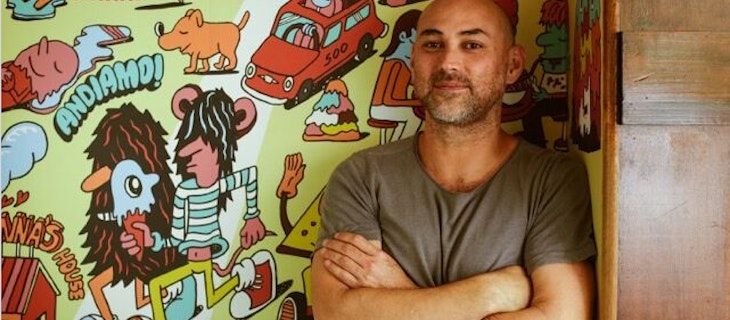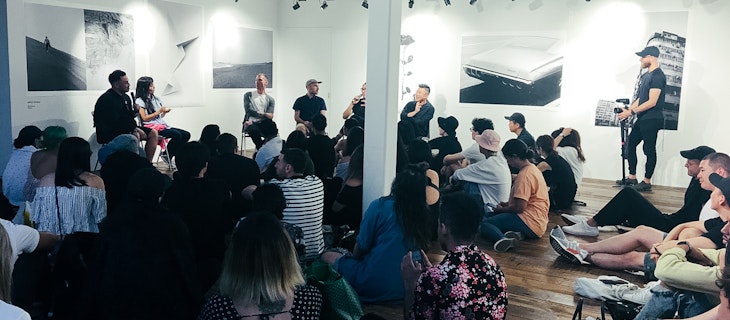
Why you don’t need to be a creative to do creative work
You probably didn’t think about projects as a creative as a kid. You were less interested in staying within the lines and more interested in what happened when you smushed all the Play Dough colours together (hint: a muddy grey-brown).
Somewhere along the way, most of us lost that impulse for creativity when we were taught that there are two sides of the brain, the left and the right. Creative and non-creative. And you’re either creative or you’re not.
“Creative” is a way of thinking, not a job title
You don’t need to be an artist to contribute creative ideas. Being creative isn’t a personality type or a job title or a degree. It’s a way of thinking, a way of working and a process. Anyone can participate. And everyone who does can contribute something valuable.
Focusing on the idea, not the format
One of the biggest barriers to creativity is the feeling that you need to make something look perfect. So many people hesitate to share their ideas because they think it must feel finished first.
But what if you could remove a lot of that anxiety by making the ideas automatically look beautiful? Would people feel more comfortable about sharing their ideas earlier?
That’s why we designed Dropbox Paper as a distraction-free workspace. Our users aren’t really concerned about the precise layout of the page. They’re more concerned about communicating an idea. Our Paper product design team discovered that having fewer formatting choices makes it easier to get into a creative flow.
Ideas get stronger when the entire team chimes in
Paper facilitates an approval process that’s not exclusively based on a team’s hierarchy. We didn’t necessarily set out to design that kind of system, we simply noticed it’s something that happens naturally when everyone comes together to collaborate.
The collective goal is progress. So, any idea that helps move the project or idea forward is valuable, whether the idea is coming from an intern or the CEO. Everyone’s contributions should be respected and considered in the same weight.
We think of Paper as a living view of the content. When you’re working on an idea in a Paper doc, it doesn’t matter as much who’s making the changes. What matters is what’s being changed to move things forward.
Managing feedback shouldn’t be a full-time job
Any project manager knows how quickly project management turns into people management. When feedback gets stuck out of context and under Inbox in email chains, it takes extra work to get the review and approval process happening.
With Paper, you can put the work in context. Visuals, text, content, even mood music can sit next to each other, and then you can say “Here it all is, and here’s the feedback I want.” That way, everyone has the same content to respond to, and can build off existing feedback.
The reason this matters is not so you can cram 60 hours of work into a 40 hour week by becoming a paragon of efficiency. It’s so that those hours are enjoyable as possible. Or, to take a page from Don Norman in ‘The Design of Everyday Things’, it means we can devote less brain space to menial tasks like sifting through emails, and more space to tasks that matter.
Being creative at work shouldn’t be hard. All you need are the right mindset and the right tools. Paper is one of those. And possibly Play Dough.


